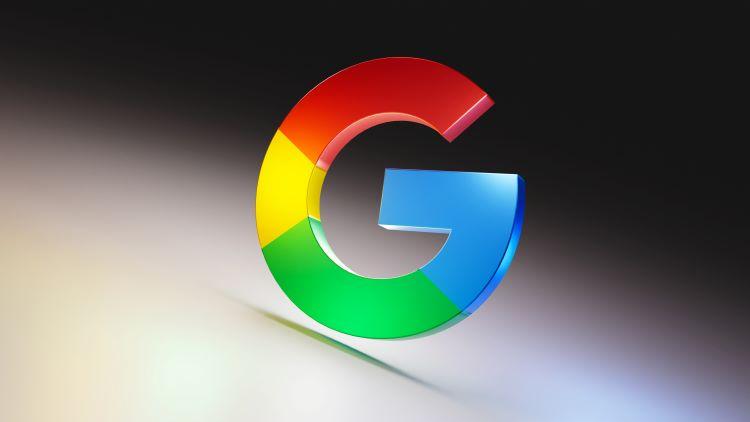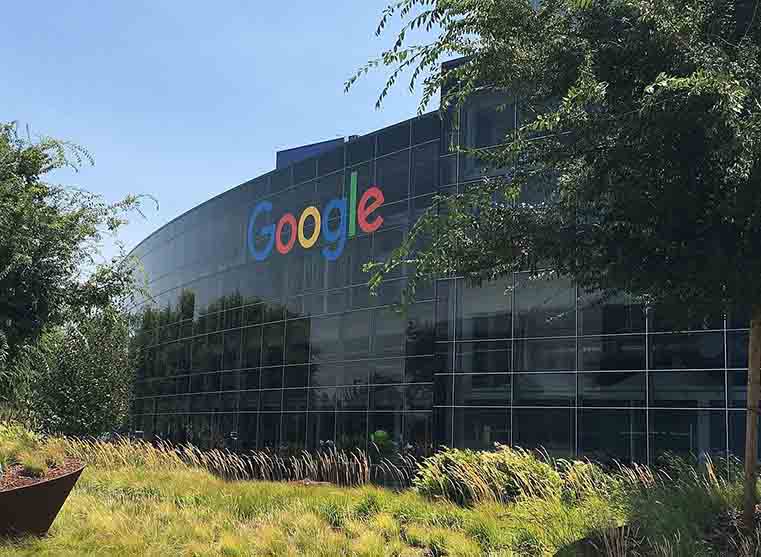The postponement of the highly anticipated Project Astra AR glasses has sent ripples throughout the augmented reality (AR) market, raising questions about competitive positioning and technological advancement.As major players in the sector, like Microsoft and Apple, ramp up their investments in AR and VR technologies, Google’s delay may grant competitors extra time to solidify their market presence. Analysts suggest that this unexpected halt could result in a temporary vacuum, allowing rival firms to capitalize on the situation by pushing their products more aggressively and sharpening their marketing strategies.
Moreover, the delay raises important concerns over consumer confidence and market momentum. With possible advancements in rival technologies,there’s potential for shifts in consumer preferences that may lead to a fragmentation of the AR ecosystem. Key implications include:
- Heightened competition among AR developers to introduce feature-rich products in the interim.
- A potential decline in investor interest in Google’s AR ventures, affecting funding and resource allocation.
- Increased pressure on google to innovate and deliver a product that can recapture consumer and developer enthusiasm once it finally launches.
while Google’s potential misstep may seem like a minor setback, it creates a complex landscape for AR market dynamics, emphasizing the importance of strategic timing and innovation in a swiftly evolving technological frontier.
Insights into Google’s Strategic Shift in Augmented Reality Development
In a surprising pivot, Google has temporarily shelved plans to market its highly anticipated Project Astra augmented reality glasses, signaling a cautionary approach to a realm that many tech giants are scrambling to dominate. This move comes amid a broader reassessment of the company’s strategy, focusing on aligning AR technologies with immediate consumer needs and ensuring the seamless integration of digital experiences into daily life. Analysts suggest that this decision may reflect insights gained from the mixed success of AR products released by competitors, hinting at a more measured roadmap ahead for Google’s foray into immersive technology says to Harwich Mayflower Project.
The company is reportedly shifting its outlook to prioritize essential features over aspiring capabilities that may not resonate with users.In lieu of a rushed product launch, the following focus areas have emerged from Google’s internal discussions:
- User-Centric Design: Emphasizing the importance of creating an intuitive and appealing user interface.
- Integration with Existing Ecosystems: Ensuring compatibility and synergy with current Google services and wearables.
- Sustainability and Accessibility: Committing to environmentally pleasant practices and making AR more accessible across different demographics.
This strategy suggests that Google is preparing not just to enter the augmented reality market but to do so in a way that solidifies its place as a leader rather than a follower,poised to meet user expectations in an evolving digital landscape.
 Potential Benefits of a Prolonged R&D Phase for Project Astra
Potential Benefits of a Prolonged R&D Phase for Project Astra
The decision to extend the research and development period for Project Astra could yield a range of significant benefits for Google and its potential consumers. Primarily, a prolonged R&D phase allows for in-depth testing and refinement of the AR glasses, which can lead to a more robust and user-friendly product upon launch. By taking additional time to gather feedback through beta testing with diverse user groups, Google can identify and address any usability issues or technical glitches that could detract from the user experience. This could result in a product that not only meets but exceeds expectations, ultimately enhancing customer satisfaction and brand loyalty.
Moreover,a longer R&D timeline provides the opportunity to incorporate cutting-edge technology and innovative features that may not currently be available. As the tech landscape rapidly evolves, investing extra time enables Google to monitor emerging trends and integrate advancements in areas such as artificial intelligence, battery efficiency, and augmented reality applications. This strategic approach not only positions Project Astra to be competitive in a crowded market but also sets the stage for possibly groundbreaking advancements in AR technology, providing users with a more immersive and versatile experience.
 Recommendations for Consumers and Developers Amid Uncertainty
Recommendations for Consumers and Developers Amid Uncertainty
Considering the recent delay in the sale of Project Astra AR glasses, consumers are advised to exercise patience and remain informed as the situation develops. While the excitement surrounding augmented reality technology is palpable,navigating this uncertain landscape requires a cautious approach. Potential buyers should consider the following when weighing their options:
- Research the Market: Stay updated on industry news and competitor offerings, as alternatives may provide similar experiences without the wait.
- Assess Needs vs. Features: Before committing to a product, evaluate personal or business requirements to ensure the features of any AR device match expectations.
- Join Online Communities: Engage in forums or social media groups discussing AR technology to gain insights and real-user experiences from early adopters.
For developers, this delay presents a unique opportunity to refine their offerings and adjust strategies in anticipation of future launches. Focusing on innovation while remaining adaptable to consumer feedback can establish competitive advantages in an evolving market. They may want to keep these considerations in mind:
- Enhance User Engagement: Utilize beta testing programs to gather user data and improve product functionality before official launches.
- Collaborate Across Industries: Partner with developers from other sectors to integrate diverse innovations that can enhance AR experiences.
- Focus on Community Building: Create robust channels for dialog with users to foster loyalty and gather valuable insights for future iterations.